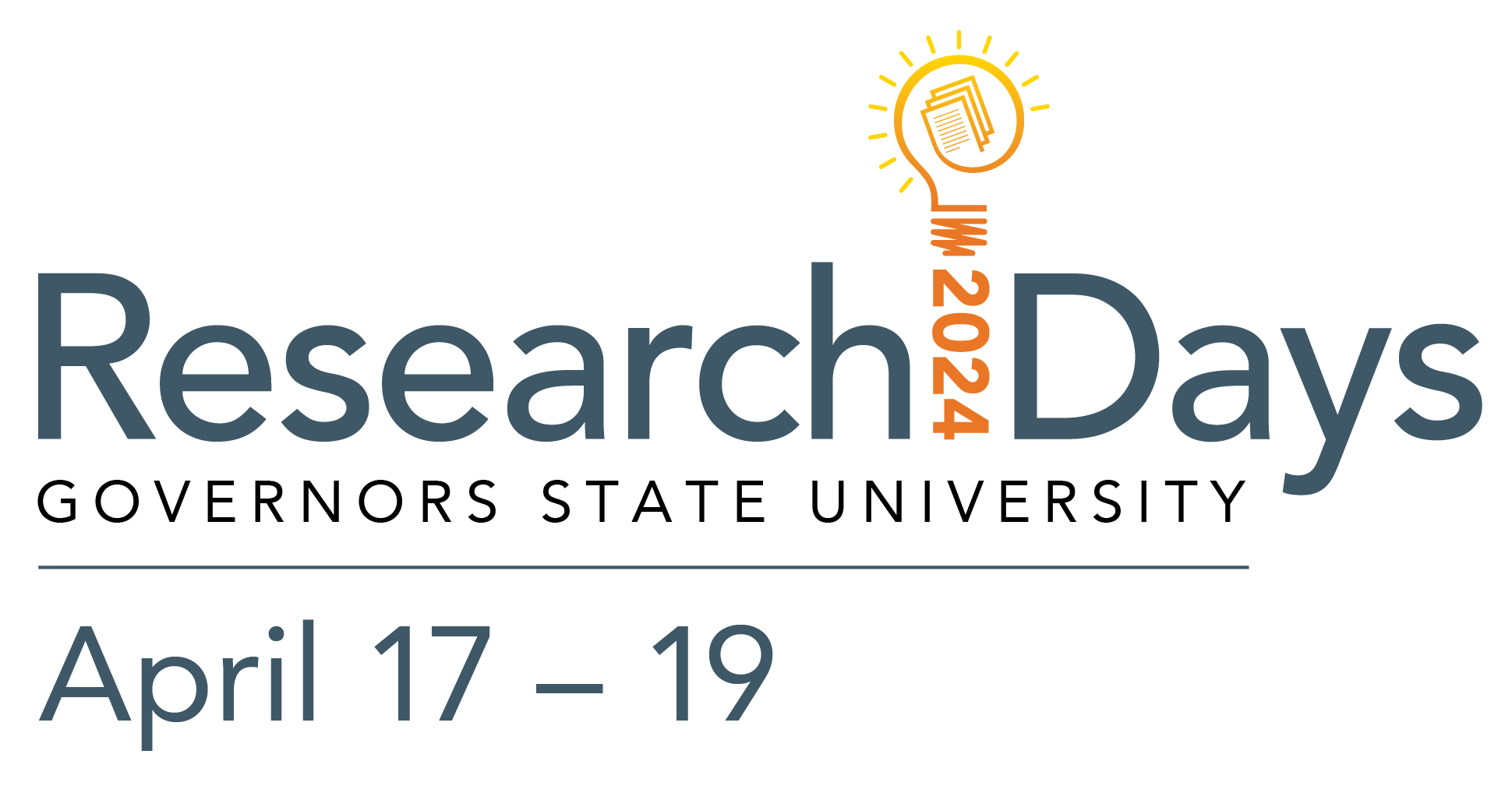Social Emotional Learning: A Comprehensive Review Towards Universalizing Outcomes
Type of Presentation
Poster Session
Location
University Library
Start Date
4-17-2024 11:45 AM
End Date
4-17-2024 1:15 PM
Description of Program
The objective of social emotional learning (SEL) is to build emotionally strong and flexible individuals who can deal with challenges through utilizing prosocial behavior (Ferreira, et al., 2020). This poster aims to explore the various influences of SEL on students and teachers along with various contemporary issues. Print Print & Close
Abstract
The objective of social emotional learning (SEL) is to build emotionally strong and flexible individuals who can cope with challenges through utilizing prosocial behavior (Ferreira , et al., 2020). Meanwhile, social emotional incompetence negatively influences children's ability to recall educationally relevant material and is also associated with drop out / expulsion rates (Garner et al., 2014). SEL is often taught within the school. SEL skills are critical to healthy development and influence. As such the value of integrating SEL curriculum in the school setting and providing support instruction is critical. All 50 states have SEL programs in place at the preschool level and four others - Illinois, Kansas, West Virginia, and Pennsylvania have SEL standards for kindergarten through 12th grade (Jones et al., 2017). Herrenkohl and colleagues (2022) discussed the risk in delivering SEL programs in schools without researched informed models, which would influence the training that students receive to be of lower quality. Considerations for contemporary issues (COVID, political protest, economics, etc.) and unique challenges (i.e., social media) faced across development is also essential (Cipriano et al., 2023). Careful examination of the differences in the program components and the specific outcomes, goals, and measures are required create programs that are best suited to address the evolving needs of children and adolescents (Mertens et al., 2022).
Faculty / Staff Sponsor
Dr. Alli Cipra
Presentation File
wf_no
Social Emotional Learning: A Comprehensive Review Towards Universalizing Outcomes
University Library
The objective of social emotional learning (SEL) is to build emotionally strong and flexible individuals who can cope with challenges through utilizing prosocial behavior (Ferreira , et al., 2020). Meanwhile, social emotional incompetence negatively influences children's ability to recall educationally relevant material and is also associated with drop out / expulsion rates (Garner et al., 2014). SEL is often taught within the school. SEL skills are critical to healthy development and influence. As such the value of integrating SEL curriculum in the school setting and providing support instruction is critical. All 50 states have SEL programs in place at the preschool level and four others - Illinois, Kansas, West Virginia, and Pennsylvania have SEL standards for kindergarten through 12th grade (Jones et al., 2017). Herrenkohl and colleagues (2022) discussed the risk in delivering SEL programs in schools without researched informed models, which would influence the training that students receive to be of lower quality. Considerations for contemporary issues (COVID, political protest, economics, etc.) and unique challenges (i.e., social media) faced across development is also essential (Cipriano et al., 2023). Careful examination of the differences in the program components and the specific outcomes, goals, and measures are required create programs that are best suited to address the evolving needs of children and adolescents (Mertens et al., 2022).

